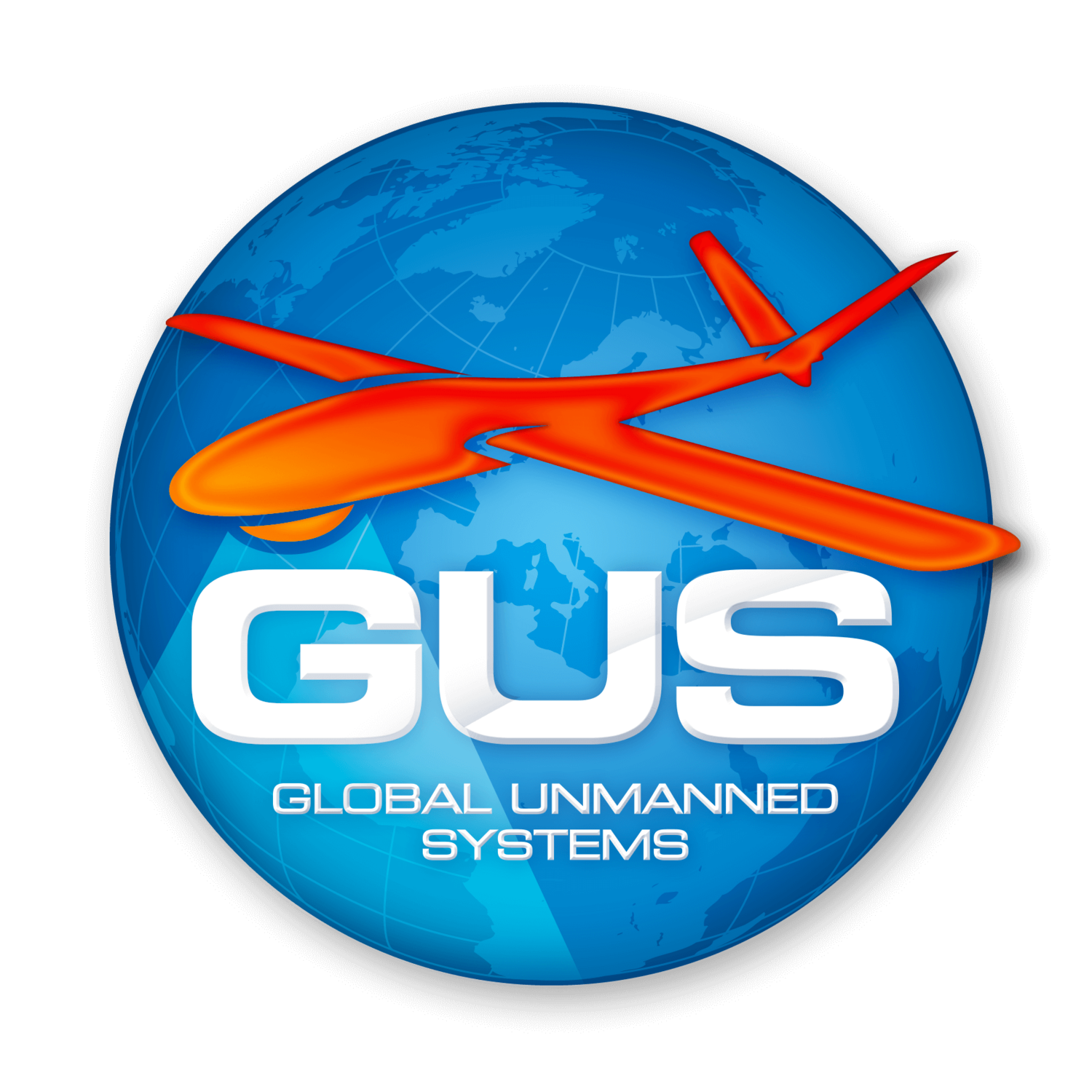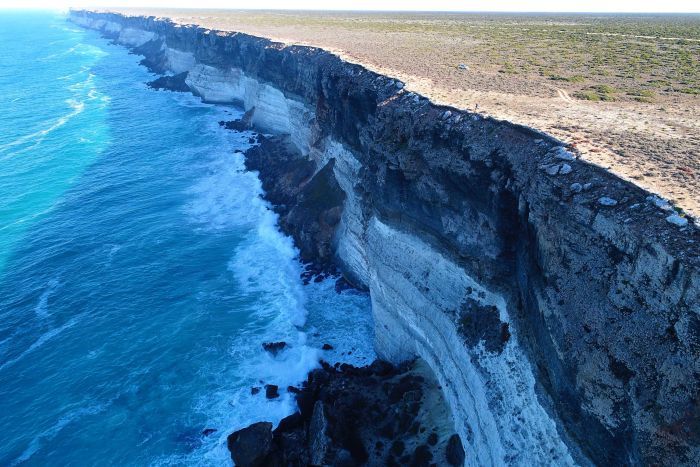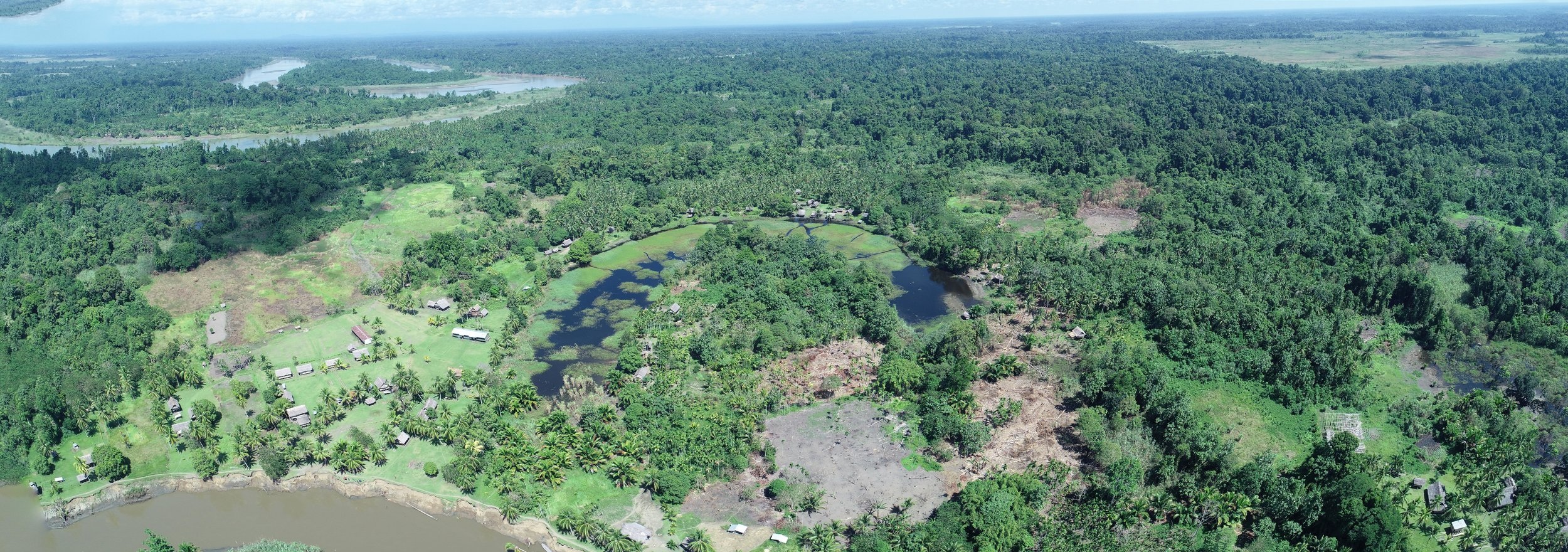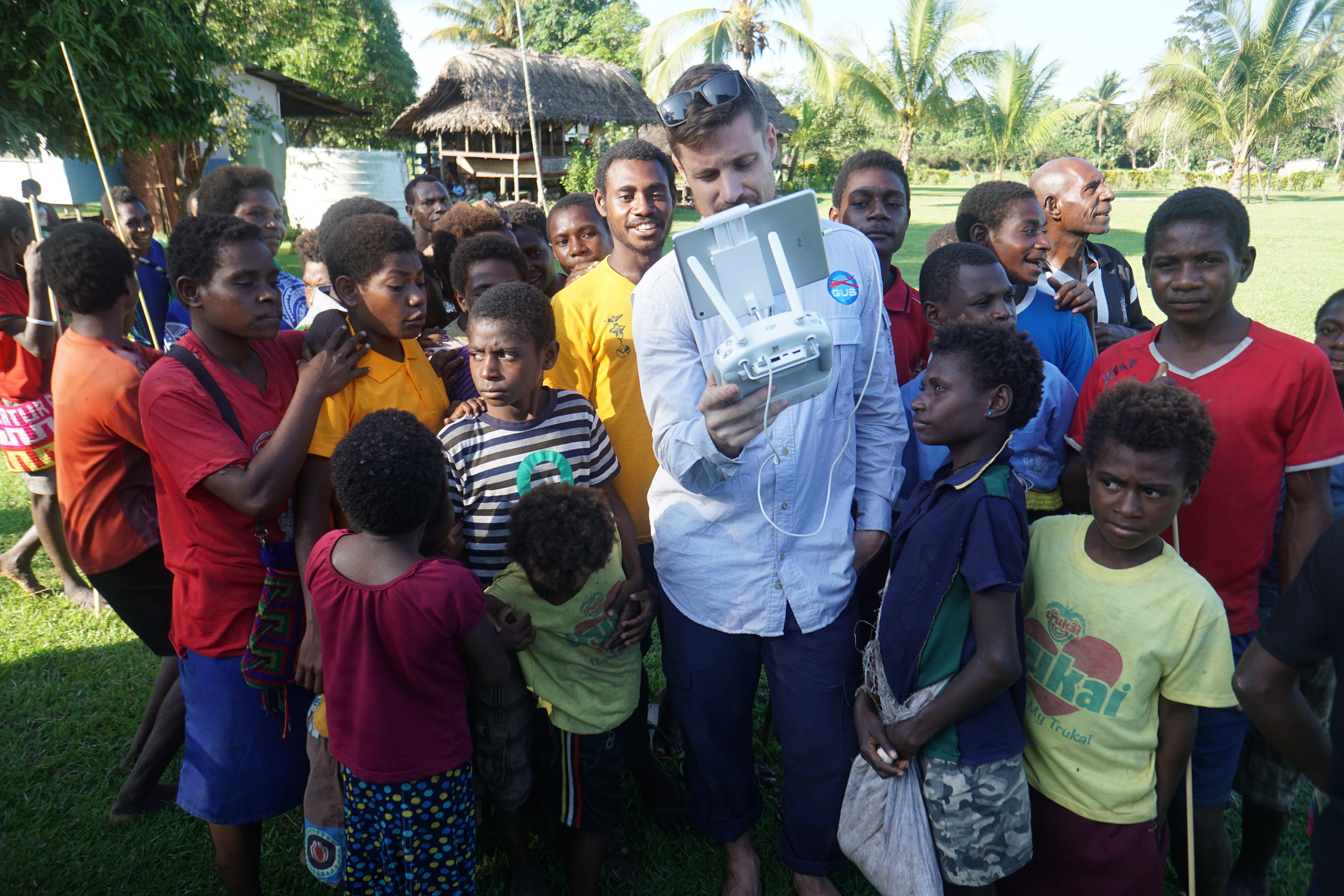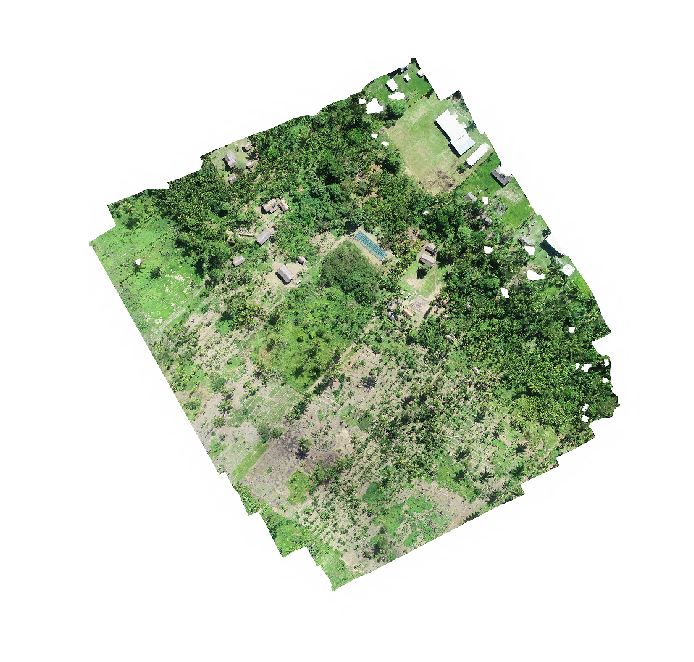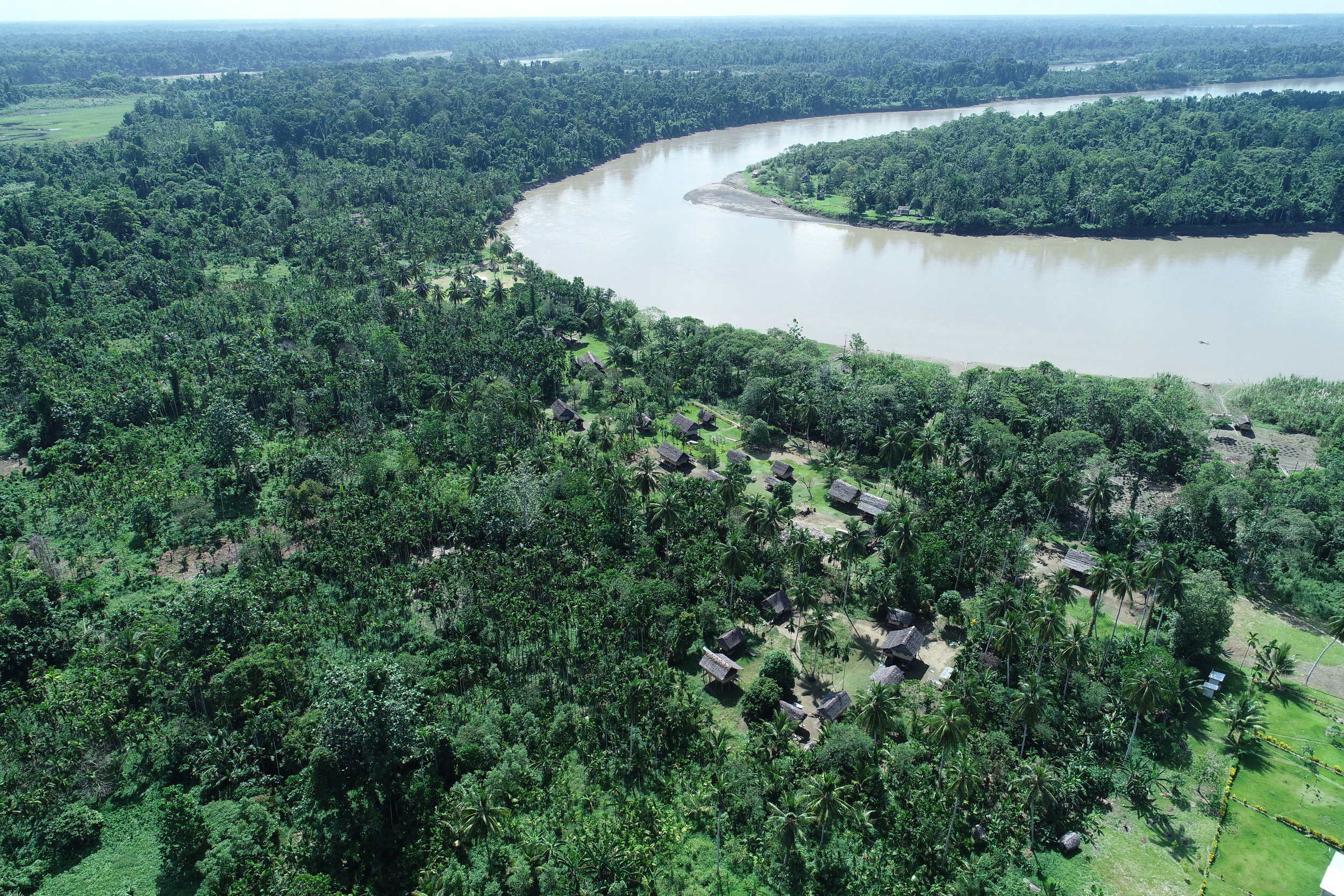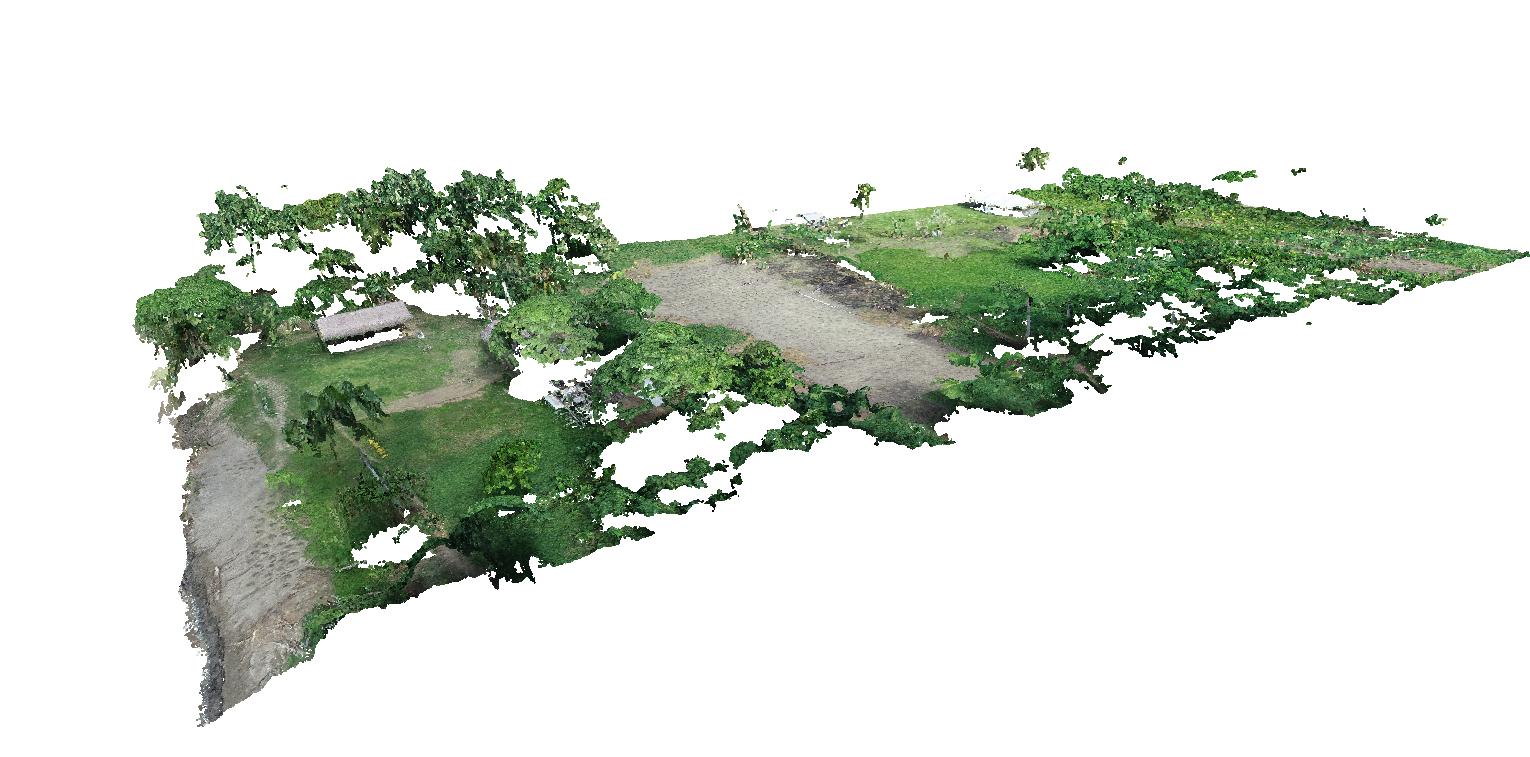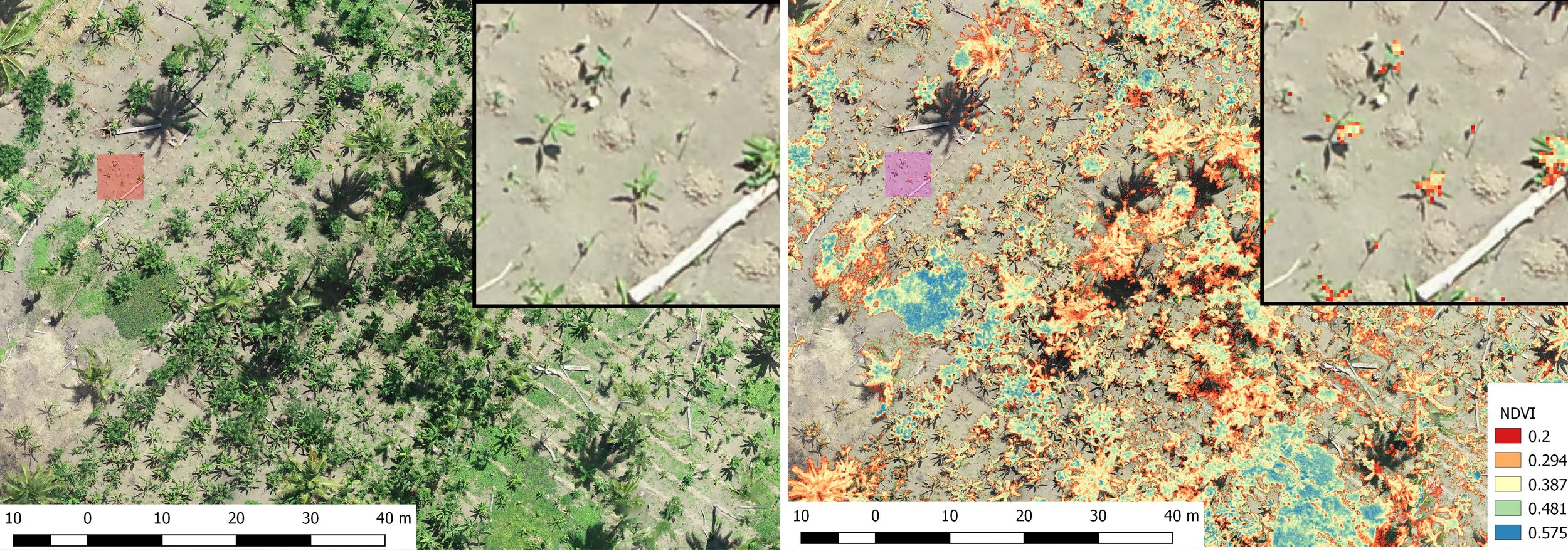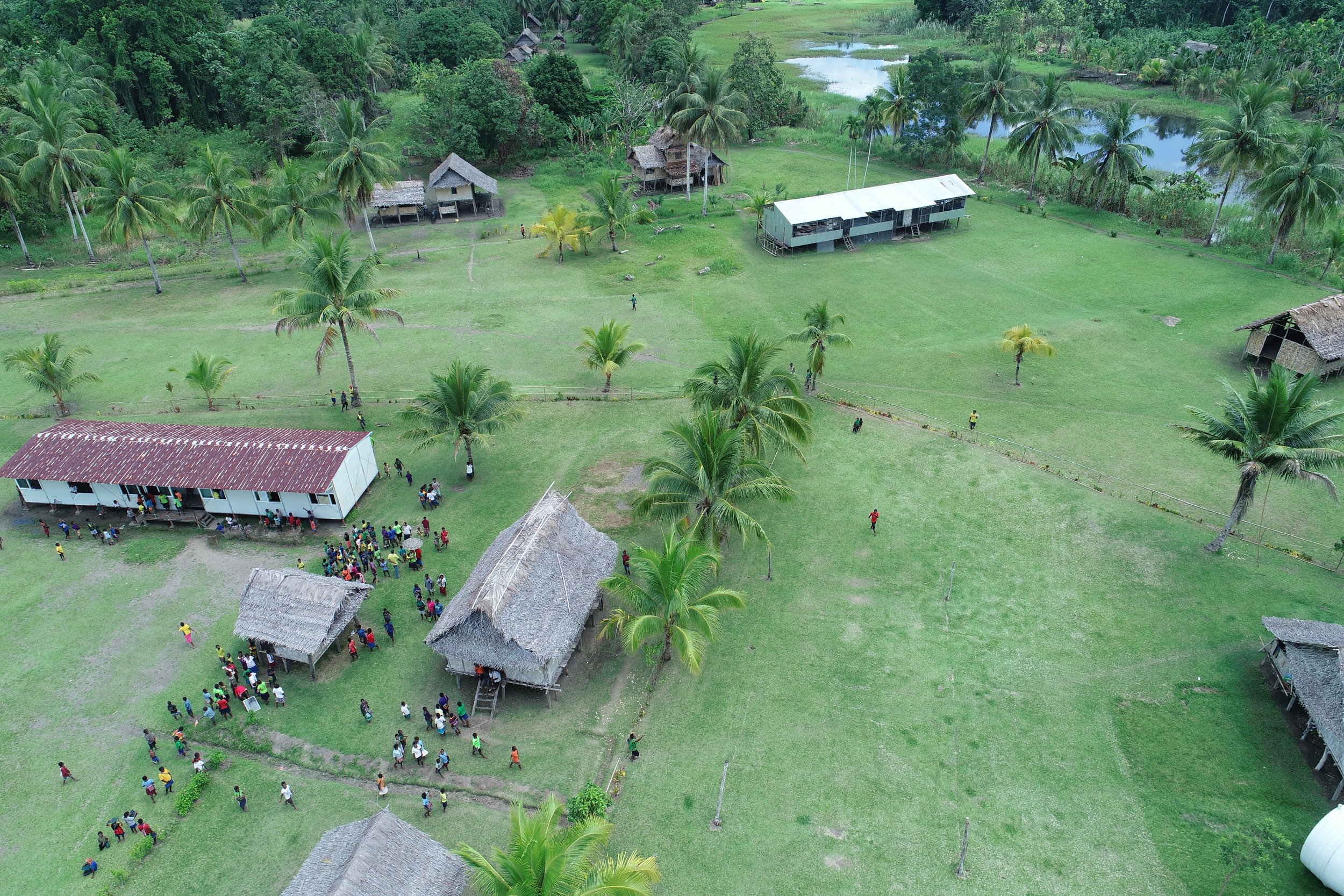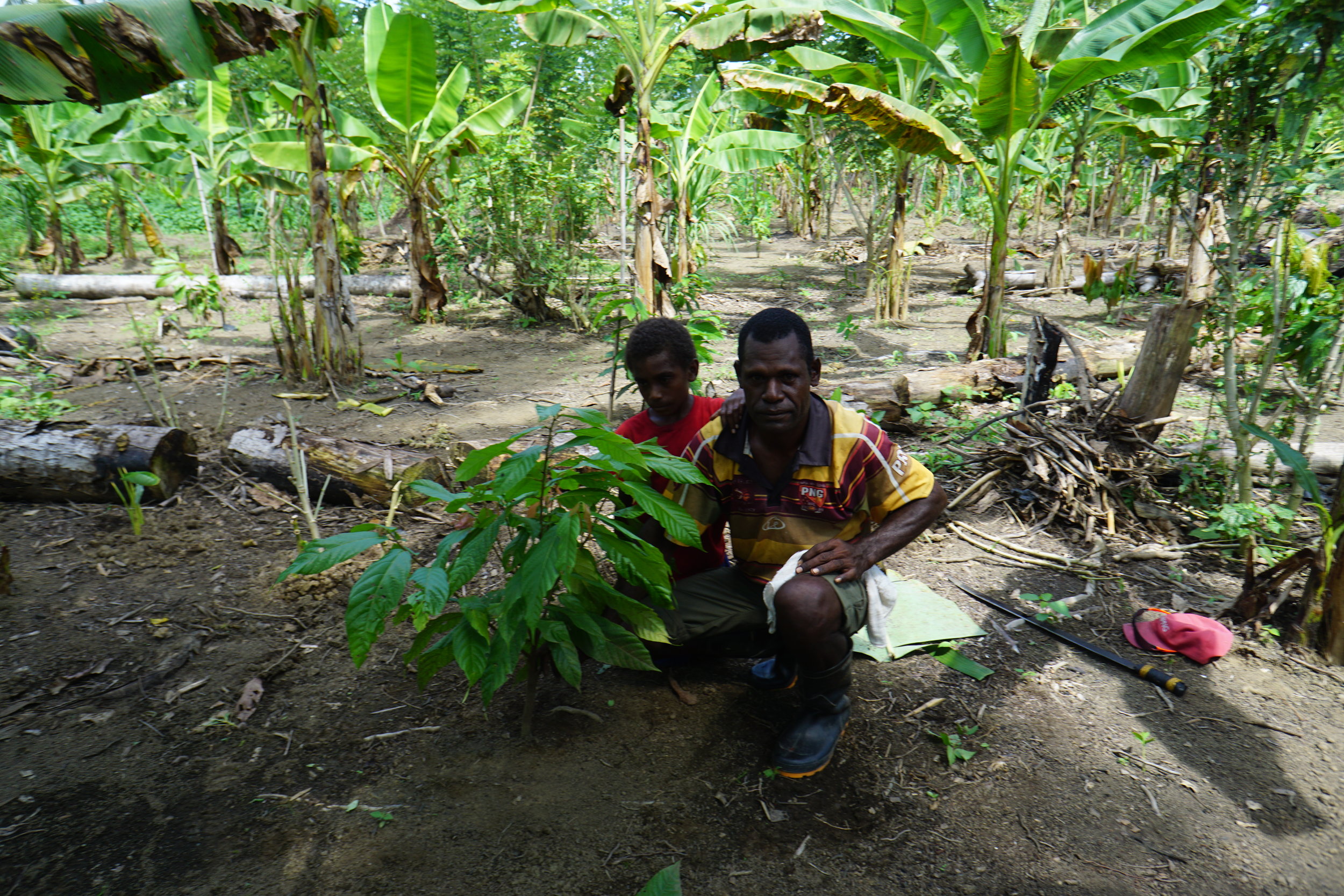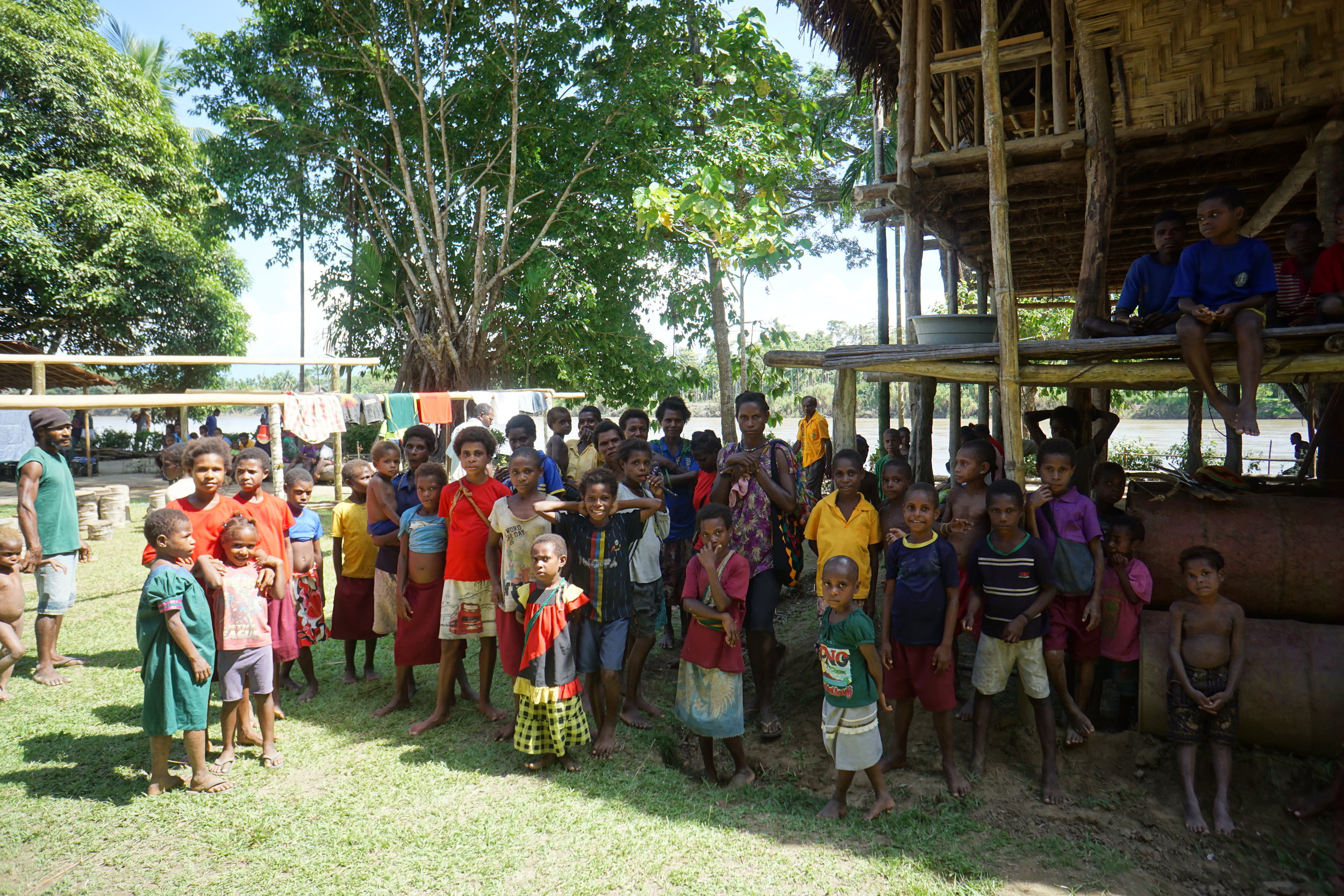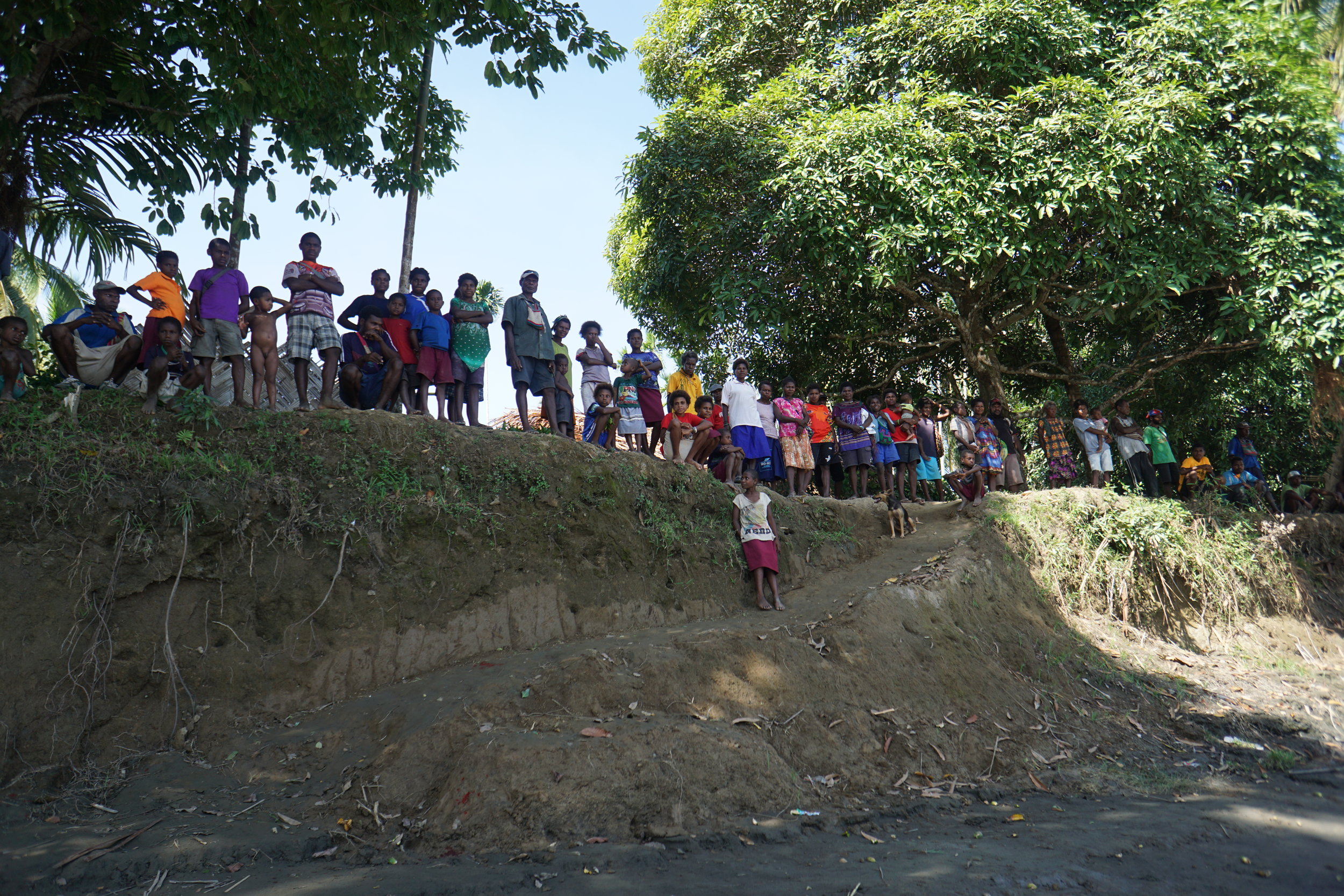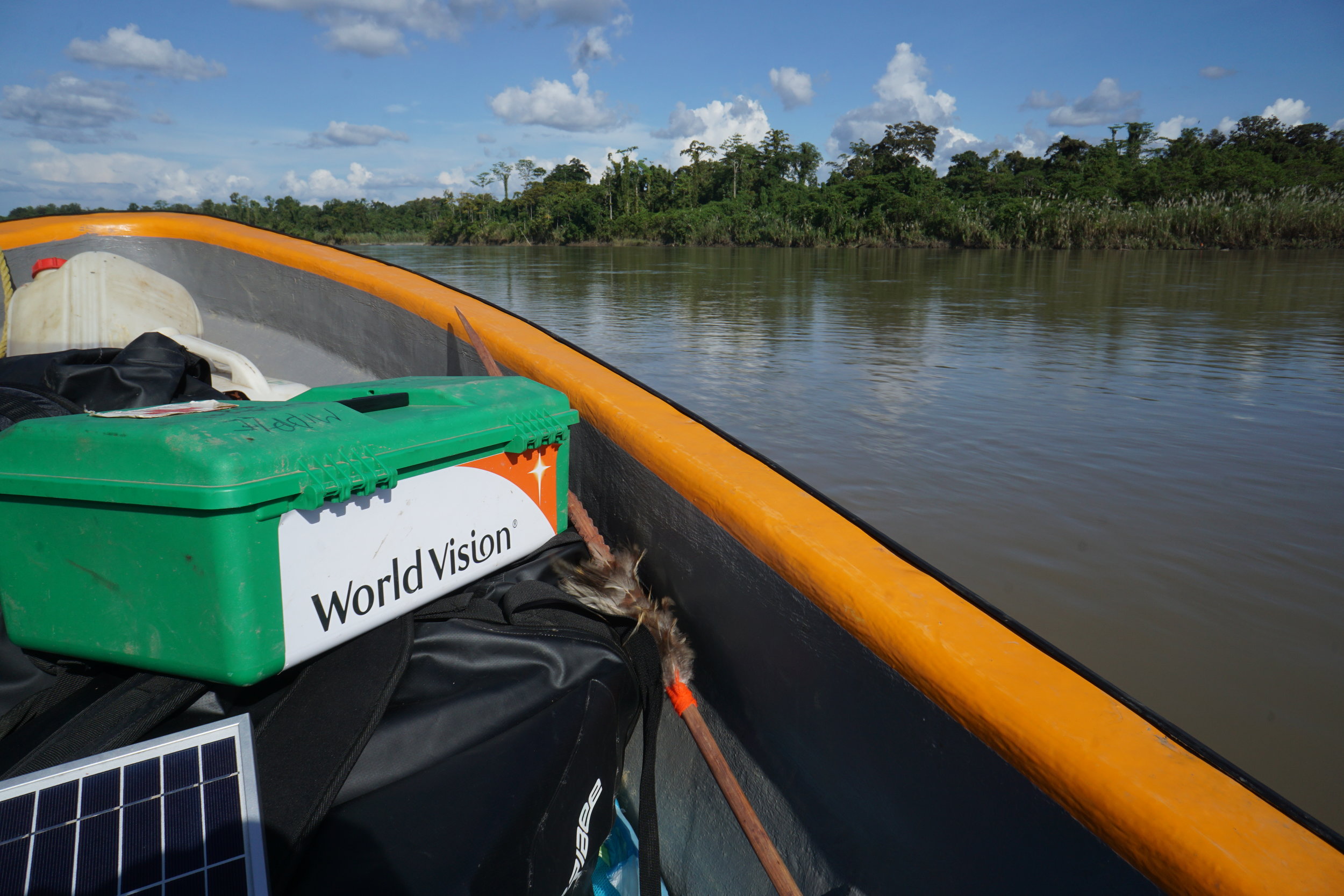Australian Sea Lions are classed as endangered after nearly being hunted to extinction in the early 1800s. They are only found in colonies in WA and SA, including seeking out a tough existence at the base of the 100-meter-high Bunda Cliffs along the Great Australian Bight.
South Australian Marine Parks approached GUS to seek more innovative ways of monitoring the remote sea lions colonies using drone technology, seeking to provide a safer and more comprehensive overview of the colonies than that which the previous method, peering over the cliff edge with a pair of binoculars provided.
This work has resulted in what has been described as a breakthrough in sea lion management and could help preserve the species. The work has immediately revealed greater numbers than were counted previously (up to 283 percent) and in the future, will help track population changes. This is not due to a population recovery, but being able to visually assess the entire colonies for the first time.
GUS’s work with Marine Parks South Australia continues, seeking to bring recent advances in image analysis techniques and artificial intelligence (machine-learning) to provide further efficiencies and advantages to fauna management. GUS are also working with Marine Parks to explore other areas where drone technologies could be cost-effectively applied.
The 100m high Nullarbor cliffs are a challenging environment for sea lions and drones!
